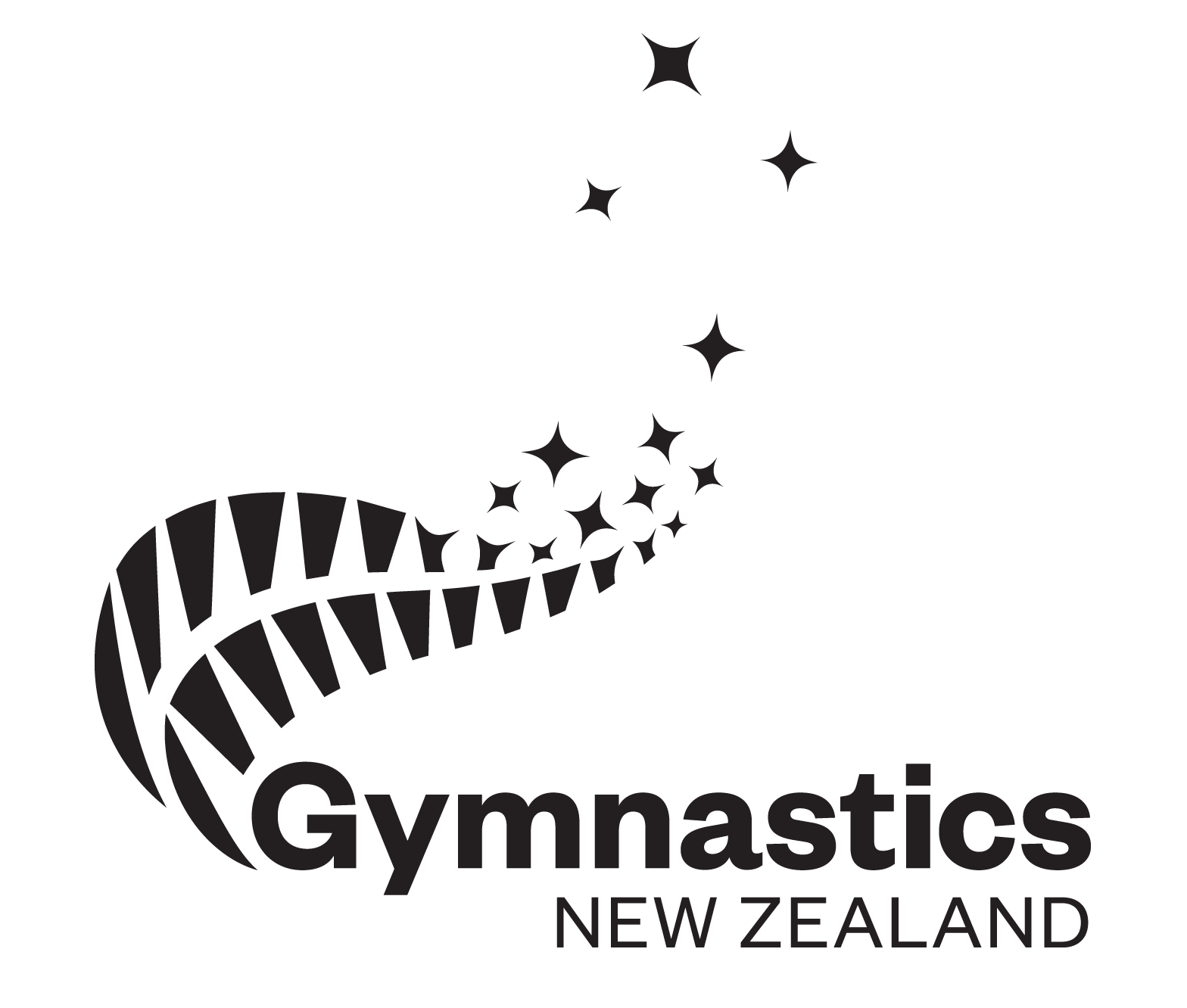Delivering sport, recreation and physical activity in Auckland means operating in a complex and fast-changing environment. Given this, it is essential to keep up-to-date with big-picture international and national trends, central and local government policies and plans, and regional projects and programmes – all of which influence our everyday activities.
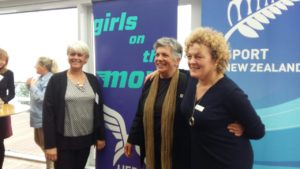
Lynnette Adams, CEO Sport Waitakere (left) Penny Halse (Auckland Council), Sarah Sandley (CEO Aktive)
On Friday 3 November Dee attended the annual Auckland Sport Forum, organised and led by Aktive – Auckland Sport & Recreation. Distinguished guests at the Sport Forum included Ian Maxwell, Auckland Council Director of Community Services, Penny Hulse, Chair of Environment & Community Committee for the Council, Peter Miskimmin, CEO Sport NZ, and Dr Sarah Sandley, CEO of Aktive.
Information and discussions at the Sport Forum covered key current topics, challenges and opportunities:
- Timings and opportunities to influence Council’s 10-year budget/Long Term Plan
- Consultation on the refresh and update to a key document, the Auckland Plan
- A region-wide perspective on what club members tell us in Voice of Participant research
- Updating the Auckland Approach to Community Sport
- Sport code involvement in sector-wide facility planning projects
Peter Miskimmin complimented Aktive on the achievement of developing a new Auckland approach to Community Sport with strategic alignment from Auckland communities right up to National level. Aktive is driving a collaboration between local, regional and national organisations; Aktive, Regional Sports Trusts in Auckland, Government agencies, Auckland Council and Sport NZ. Peter also mentioned the value of Sport and Physical Education for physical and mental health and wellbeing and social cohesion and how sport can contribute to a solution when someone faces a problem in those areas. He said that the new approach is driven by demand, led by insights and at the centre of focus are the local communities (communities of activity).
Ian Maxwell from Auckland Council advised everyone in the room not to wait for the Auckland Council Long Term Plan (LTP 10-year budget 2018-2028) to be published and not to wait for the public consultation sessions in March 2018. Be organised and tell your story to any contacts that you have in the Auckland Council and to have other stakeholders tell the same story. Make sure your story will be heard.
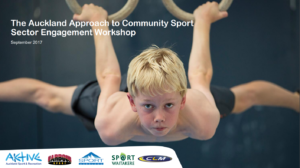 Penny Hulse is the chair of the Environment and Community Committee. This committee deals with strategy and policy decision-making that relates to the environmental, social, economic and cultural activities of Auckland, including climate change, the Southern Initiative, parks, waste minimisation and economic development.
Penny Hulse is the chair of the Environment and Community Committee. This committee deals with strategy and policy decision-making that relates to the environmental, social, economic and cultural activities of Auckland, including climate change, the Southern Initiative, parks, waste minimisation and economic development.
In the September meeting David Parker from Aktive presented the Auckland Sport Sector Facility Priorities Plan and the Environment and Community Committee will endorse this plan. The committee requested that staff report back to the committee on the sector’s investment priorities and investigate potential funding options. Penny emphasized the importance of CapEx (capital expenditure) funding.
Sarah Sandley, CEO of Aktive – Auckland Sport & Recreation, highlighted the 4 strong points of this new Auckland Approach to Community Sport:
1. Top to bottom alignment centred around communities of activity. A great example is the ActivAsian project that Harbour Sport started a few years ago to increase the participation of Asian people in sport.
2. The approach is targeted and focussed: communities of activity that are formed around targeted population groups. Targeting areas where we can have the greatest impact and focus our efforts on groups with lowest sport participation rates.
• Girls aged 10-18,
• Maori,
• Samoan,
• Indian,
• Chinese and
• Those who live in low socio-economic areas
RST’s have identified communities in their catchment areas that meet these criteria. See the Powerpoint presentation The new Auckland Appproach to Community Sport (see the link below).
3. Consistency: Beginning with but not limited to communities identified with lowest participation rates, projects will be built into these communities to provide ongoing support.
4. Collaboration: Aktive, RST’s, College Sport, Auckland Council.
Aktive also works together in the “Healthy Auckland” network with partners like the Heart Foundation, mental health organisations, healthy families and other health organisations.
Nicola Gamble, Aktive’s Insights Manager, presented the knowledge that Aktive gained from the Voice of the Participant research, revealing the perspective of Auckland club members (7,500 respondents). Information from the survey can help you with finding out:
- How satisfied members are
- How likely members are to recommend their club, and re-join next year
- What factors to focus on to drive a positive member experience
- How club experiences differs across demographics and club tenure – and how clubs can ensure everyone is catered for
Read the summary of the Sport NZ Voice of the Participant Survey.
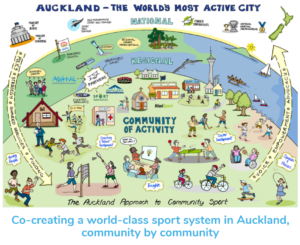 The New Auckland Approach to Community Sport
The New Auckland Approach to Community Sport
Goal: Build a world class community sport system to make Auckland the world’s most active city.
The new Auckland approach is a shift in how community sport is delivered across a complex environment. Aktive – Auckland Sport & Recreation has led a move towards stronger alignment and collaboration in the Auckland sport and recreation sector.
Targeting areas where we can have the greatest impact and focus our efforts on groups with lowest sport participation rates. RST’s have identified communities in their catchment areas that meet these criteria.
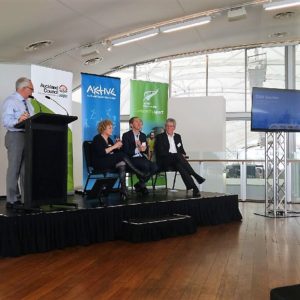 See the powerpoint presentation regarding the new Auckland Approach to Community Sport.
See the powerpoint presentation regarding the new Auckland Approach to Community Sport.
The meeting finished with a Q&A Forum consisting of Sarah Sandley, CEO Aktive, Peter Miskimmin, CEO Sport NZ and Ian Maxwell, Auckland Council.
